Synthetic Opal
Synthetic opal refers to man-made opals that are produced in a laboratory setting using various methods that replicate the natural processes that create opals. While natural opals are formed over millions of years, synthetic opals can be produced much faster and are often used as a more affordable alternative to natural opals, particularly in jewelry and decorative items.
Here’s a detailed look into synthetic opals, including their types, creation methods, and uses:
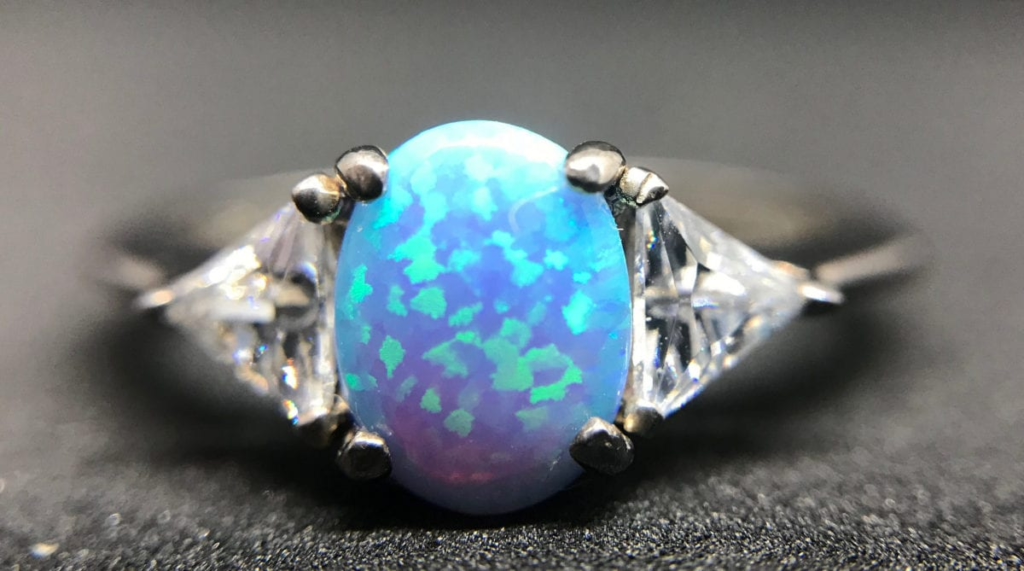
What is Synthetic Opal?
Synthetic opals are man-made gemstones that imitate the chemical composition, internal structure, and play-of-color (the shifting hues) of natural opals. Opals are unique in that they exhibit a phenomenon called “play-of-color”, where light refracts inside the opal’s internal structure, creating a range of colors.
Unlike many other gemstones, opals are hydrated — they contain a certain percentage of water, which contributes to their appearance and play of color. Synthetic opals aim to mimic this characteristic, and while they are chemically similar to natural opals, their formation process and internal structure are produced artificially.
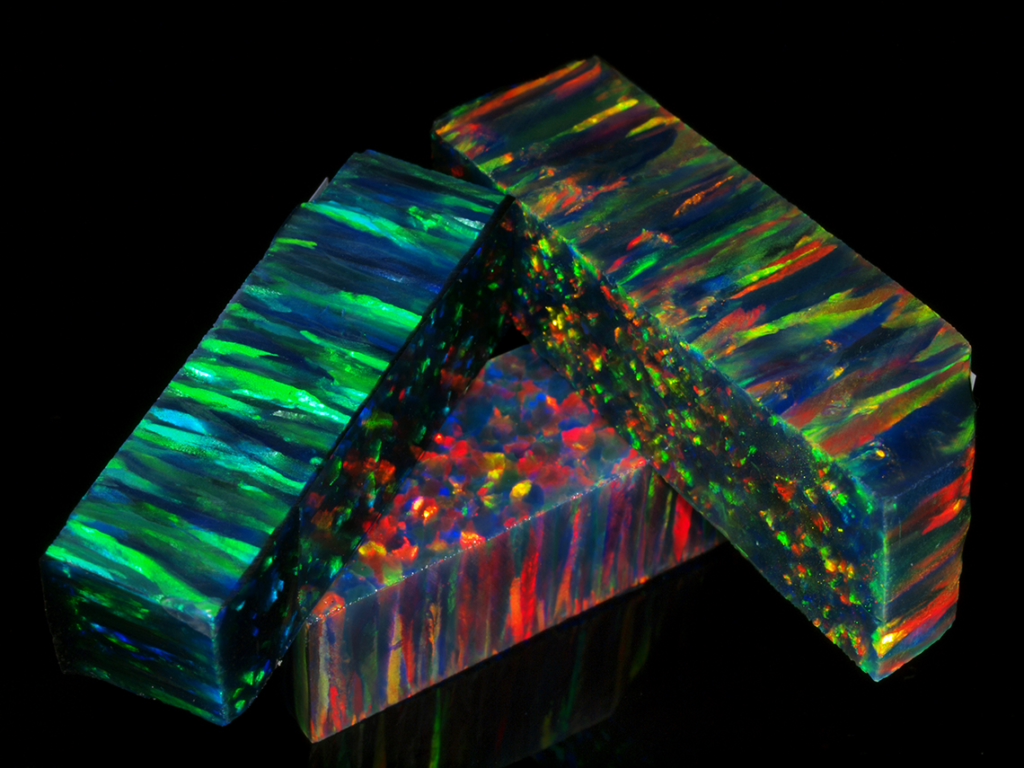
How Synthetic Opals are Made
There are several methods used to create synthetic opals, but the two most common methods are:
- Hydrothermal Method:
- The hydrothermal method is one of the most widely used techniques for creating synthetic opals. It simulates the high-pressure, high-temperature environment in which natural opals form in the Earth’s crust.
- This method typically uses silica gel and water in a closed chamber to create the conditions needed for the opal to form. The process takes several weeks to a few months.
- Hydrothermal opals can have both precious opal (with play-of-color) and common opal (which lacks the play-of-color).
- Sol-Gel Method:
- In the sol-gel method, a silica solution (sol) is mixed with water and an acid to create a gel-like substance. The gel is then heated to form a solid, which is cooled and cut into opal-shaped stones.
- This method produces lab-created opals with a very similar structure to natural opals, but it can sometimes have different optical properties.
- Refractive Index Matching:
- This method involves creating synthetic opals that simulate the appearance of natural opal but do not always replicate its exact internal structure. These synthetic stones are often made using colored resins or plastics and are typically used for decorative purposes rather than in high-end jewelry.
- Thin Layer Deposition:
- This process involves the deposition of thin layers of silica to form a solid opal-like structure. The layers of silica mimic the internal “structure” of natural opals and are known to produce play-of-color similar to that of natural opals.
Types of Synthetic Opal
There are several types of synthetic opals, each with different characteristics and production methods:
- Hydrothermal Opal:
- This is the most common and widely accepted type of synthetic opal. It can form both precious opal (with play-of-color) and common opal (without play-of-color).
- Precious hydrothermal opal is often used in fine jewelry and can be indistinguishable from natural opal to the naked eye.
- Doublet and Triplet Opals:
- Doublet opals are a type of synthetic opal made by layering a thin slice of opal on top of a backing material, such as black or colored resin. This process enhances the play-of-color.
- Triplet opals are similar but consist of three layers: a thin opal layer on top, a backing layer (often black), and a protective clear top layer. These are often used for inexpensive jewelry because they are more affordable and durable.
- Resin or Plastic Opals:
- These are often not true “synthetic opals” in the strict sense because they don’t have the same internal structure or play-of-color as natural opals. Instead, they are simulated opals created using resin or plastic materials to mimic the appearance of opals.
- They are less expensive and generally used in fashion jewelry or for decorative purposes.
- Solid Synthetic Opal:
- Solid synthetic opal is created entirely from synthetic opal material without the use of resin or plastic layers. It’s made using the hydrothermal method and has the same characteristics as natural opals, including play-of-color, and is typically used in high-quality jewelry.
Properties of Synthetic Opal
- Play-of-Color:
- Synthetic opals made using the hydrothermal method have a natural-looking play-of-color, meaning they reflect light in different colors depending on the angle of view. This is one of the most distinctive features of opals.
- Resin or plastic opals may have some color-shifting properties but usually lack the depth and intensity of play-of-color found in genuine or high-quality synthetic opals.
- Chemical Composition:
- Synthetic opals are typically made from silica and water, just like natural opals. Their chemical formula is generally SiO₂·nH₂O (silicon dioxide with water content). The process used in creating them ensures that the composition is similar to that of natural opal.
- Durability:
- Synthetic opals created using the hydrothermal method tend to be similar in durability to natural opals, which are relatively soft and can be susceptible to cracking or scratching if not handled carefully.
- Resin-based or plastic opals are much softer and more prone to damage compared to solid opals (whether synthetic or natural).
- Appearance:
- Hydrothermal synthetic opals can look virtually identical to natural opals, with similar color play and internal structure. However, they may lack some of the uniqueness found in natural stones.
- Plastic and resin opals are typically less vibrant and often more uniform in color, lacking the internal depth and complexity of natural or hydrothermal synthetic opals.
Uses of Synthetic Opal
- Jewelry:
- High-quality synthetic opals (such as those made using the hydrothermal method) are used in fine jewelry, including rings, necklaces, earrings, and pendants. They are especially popular for people who want the look of natural opal but at a more affordable price.
- Doublets and triplets are often used in more affordable jewelry, providing a cost-effective way to include opal in designs without the high cost of solid opal.
- Fashion and Costume Jewelry:
- Plastic and resin opals are frequently used in fashion jewelry due to their low cost and ease of production. While they may lack the depth of natural opal, they can still create eye-catching, colorful pieces for trendy, budget-friendly jewelry.
- Decorative Items:
- Synthetic opals are used in decorative items like pendants, cabochons, and brooches. They are popular in arts and crafts, especially for creating vibrant and affordable pieces.
- Opal-like Effects in Other Applications:
- Opalescent materials made from synthetic opal or resin-based opals are also used in various applications, including buttons, cufflinks, and other novelty items. These items may not be true opal but are designed to imitate the play-of-color effect.
Benefits of Synthetic Opal
- Affordability:
- Synthetic opals are much more affordable than natural opals, making them an attractive option for people who love the look of opals but cannot afford the high cost of natural stones.
- Ethical Sourcing:
- Like other synthetic gemstones, synthetic opals are created without the need for mining, which can have environmental and ethical concerns. This makes them a more environmentally friendly and sustainable option compared to natural opals.
- Customization:
- Synthetic opals can be made in a wide range of colors, sizes, and shapes, offering greater versatility in design. They can also be manufactured with specific optical properties, like particular patterns or color effects.
Limitations of Synthetic Opal
- Durability:
- Like natural opals, synthetic opals are relatively soft compared to other gemstones like diamonds, sapphires, or rubies. They require care to avoid scratching or breaking.
- Doublets and triplets are more susceptible to damage due to the thin layers of material used in their construction.
- Lack of Rarity:
- Synthetic opals, like all synthetic gemstones, do not carry the same inherent rarity and prestige as natural opals. Some buyers may prefer natural stones due to their geological history and value.
Conclusion
Synthetic opals provide a beautiful, cost-effective, and ethical alternative to natural opals. They offer vibrant colors and similar play-of-color, making them a popular choice for jewelry, fashion items, and decorative pieces. While synthetic opals do not carry the same rarity and natural appeal as their natural counterparts, they offer a practical and affordable option for those who desire opal’s beauty without the high cost.
Would you like to explore specific examples of synthetic opals in jewelry or how to care for them?
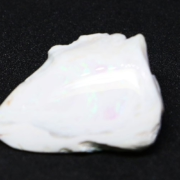
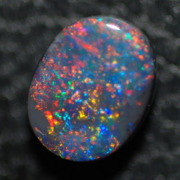
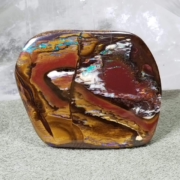
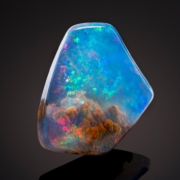
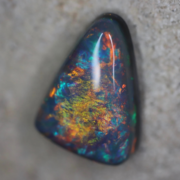
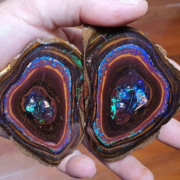
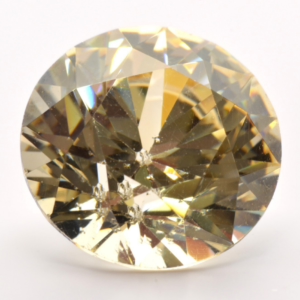
Leave a Reply
Want to join the discussion?Feel free to contribute!